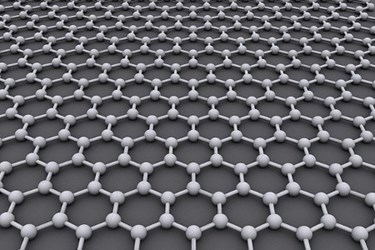Will Graphene Enable The Next Generation Of Wearable Devices?

Researchers have developed a new methodology that allows graphene to be seamlessly integrated into fibers common in everyday textiles. Scientists say the transparent and conductive material could usher in the next generation of wearable devices, benefiting a wide range of industries including healthcare.
Experts say that graphene, the thinnest material in known existence capable of conducting heat and electricity, is one of the most versatile materials yet discovered. Current research is investigating its use in a variety of biomedical products including diagnostic devices, drug delivery methods, implant coatings, and artificial retinas.
With government funding from the UK, an international research team based at the University of Exeter (UE) has developed graphene technology that is truly wearable.
Monica Cracuin, an associate professor of nanoscience at UE and coauthor of the research, said there are many current products that incorporate graphene into plastic and glass. “But this is the first example of a textile electrode being truly embedded in a yarn,” she said in a UE press release.
According to a study published in Scientific Reports, Cracuin’s team first grew monolayer graphene onto copper foil using a process called chemical vapor deposition (CVD). Then they developed a technique that transferred the graphene onto a polypropylene fiber, a polymer currently used in many textile applications including rope and thermal underwear.
The researchers believe this new methodology for integrating graphene with common textiles offers almost limitless applications in the emerging field of wearable electronics and is a “game changer” in modern electronics.
“All electronic devices need wiring, so the first issue to be addressed in this strategy is the development of conducting textile fibers while keeping the same aspect, comfort and lightness,” said Ana Neves, associate research fellow and member of Cracuin’s team.
Newsweek reported last month that countries such as Korea, China, the United States, and Great Britain were investing billions in graphene-based technology as research teams around the globe race to uncover new unexplored potential for the material.
A recent study at the Michigan Technological Institute used graphene to 3D-print synthesized nerve tissue, and a team based in Italy combined graphene with spider silk and boasted that the new material was stronger than materials currently used in bullet proof vests.
“The only limits are really within our own imagination,” said Cracuin.
Image credit: "Graphen" by AlexanderAlUS. Licensed under CC BY-SA 3.0 via Wikimedia Commons.
